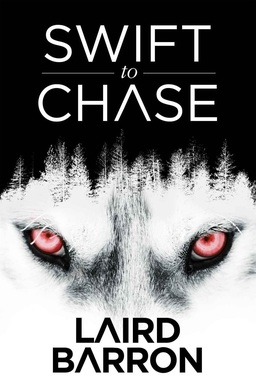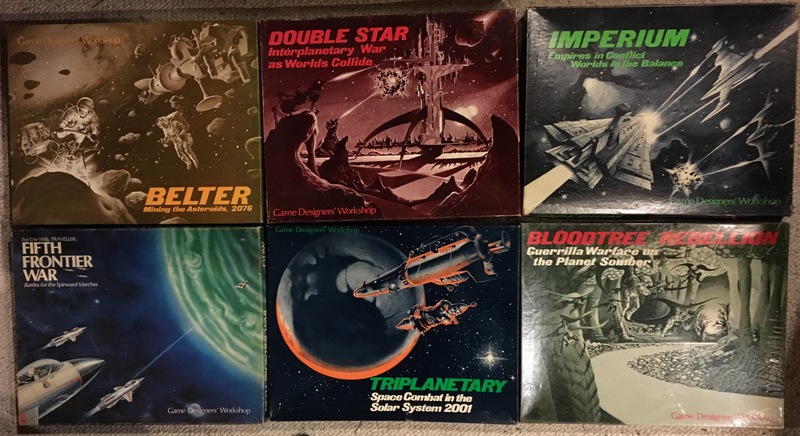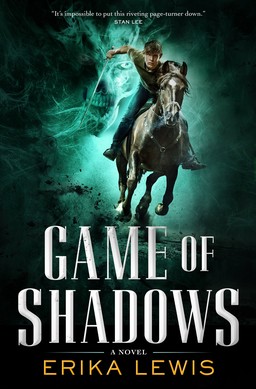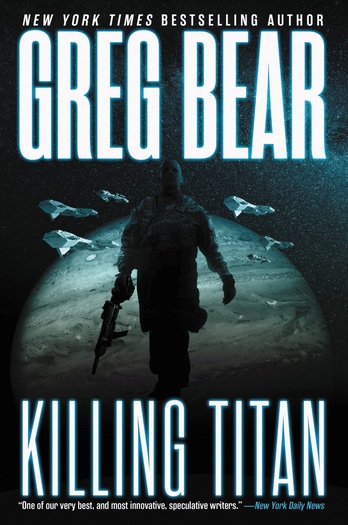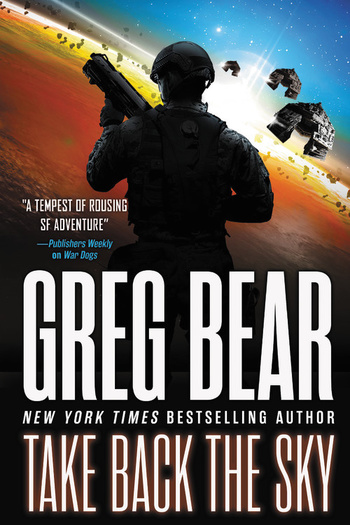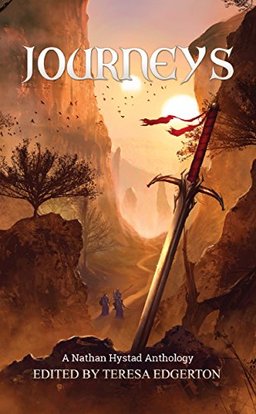Beneath Ceaseless Skies, Issue #216 (January 5, 2017)
 How did the crew at Beneath Ceaseless Skies choose to welcome the new year? With a pair of quiet yet powerful fantasy stories.
How did the crew at Beneath Ceaseless Skies choose to welcome the new year? With a pair of quiet yet powerful fantasy stories.
The first one, “Wooden Boxes Lined with the Tongues of Doves” by Claire Humphrey, starts with the old trope of a sorcerer’s apprentice, but quickly steers into an unexpected and disturbing direction. Claire Humphrey plays nicely with the unreliable narrator perspective as the horrifying conclusion becomes clear to the reader, even if it’s never explicitly stated.
“Think of Winter” by Eleanna Castroianni does a fair bit of world-building, despite the fact that we are never taken outside of the cathedral where the point-of-view character lives. While an initial reading suggests that there are only two characters in this story, the magic cards provide commentary in the form of stilted haiku that elevate them to a character in their own right. Congratulations to Ms. Castroianni on her first published story; she’s off to a great start.
The cover art, “The Sacred Flames” by Jinxu Du, doesn’t connect to either story, but does give a nice “entering a world of grand adventure” feel.
Sure, you can check out both stories (as well as a podcast of “Wooden Boxes Lined with the Tongues of Doves”) for free at www.beneath-ceaseless-skies.com/issues/issue-216, but these publications only survive through financial support. So why not drop ninety-nine cents and actually pay for it?
We last covered Beneath Ceaseless Skies with issue #215.
